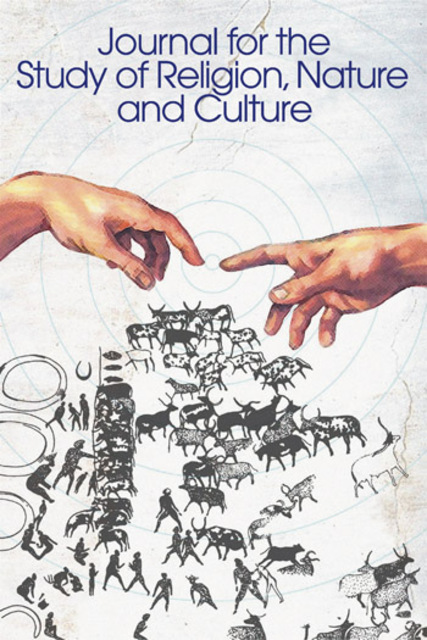Power Ranges: Identity and Terrain in Minoan Crete

Full description
During the Aegean Bronze Age, the island of Crete was home to Minoan civilisation (3100–1300 BCE). The Cretan landscape is characterised by prominent mountain ranges. During the Middle Bronze Age (c. 2000 BCE) cult sites began to proliferate on mountain peaks in response to climatic changes. Peak sanctuaries were locations of popular religious expression focussed on human, animal, and environmental health and fertility. In the Neopalatial period (1750–1490 BCE) peak sanctuary cults were appropriated by palatial elites and the Minoan cosmological framework, oriented toward mountains, was institutionalised. Analysis of the Minoan landscape, palatial art, architecture, and ritual performance demonstrates a close association between elite figures and real and symbolic mountains. The metaphysical terrain of Crete was politicised as mountain symbolism was used to naturalise Neopalatial elite status and identity. The mountain form signified and symbolised power relations functioning as an instrument of elite ideology.
- typeImage
- created on
- file formatjpeg
- file size107 KB
- container titleJournal for the Study of Religion, Nature and Culture
- creatorCaroline Jane Tully, Sam Crooks
- issn1749-4915 (online)
- issue13.2
- publisherEquinox Publishing Ltd.
- publisher placeSheffield, United Kingdom
- rights holderEquinox Publishing Ltd.
- volume
- doi
We use cookies to analyze our traffic. Please decide if you are willing to accept cookies from our website. You can change this setting anytime in Privacy Settings.
